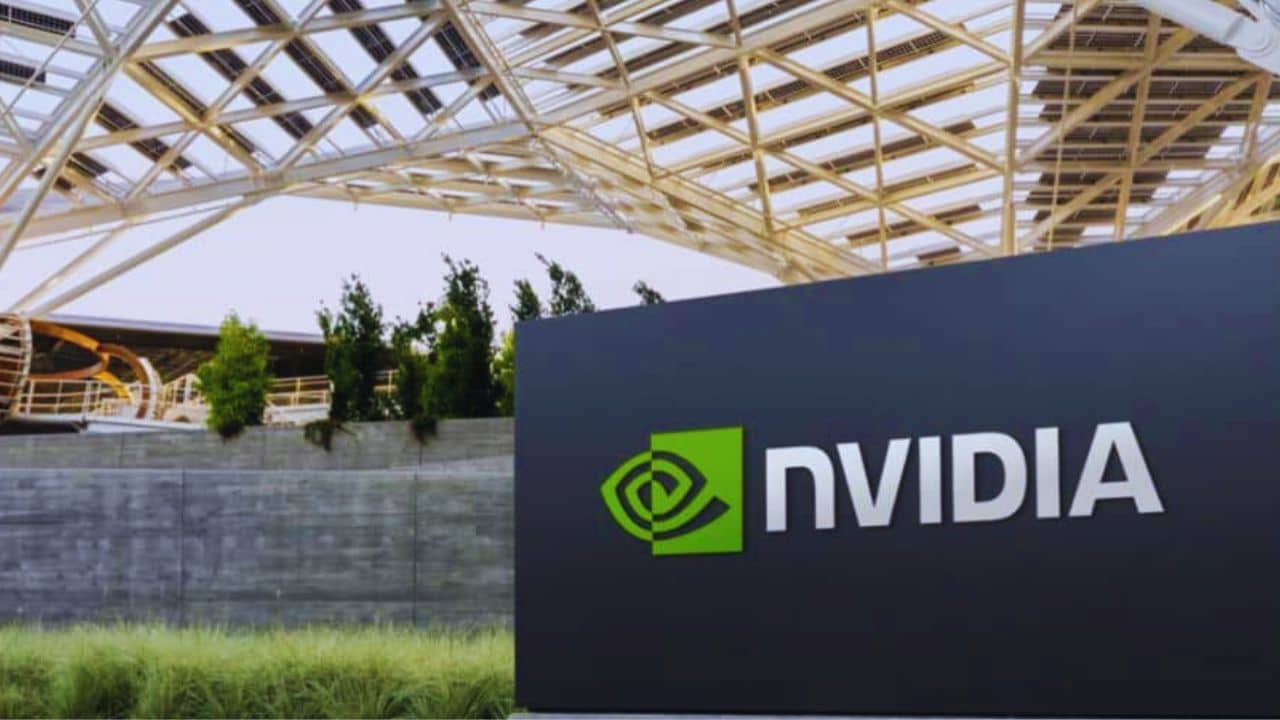As of June 19th, 2024, the US chip maker, Nvidia, has become the world’s most valuable business. Overtaking the traditional heavyweights like Apple and Microsoft, the chip maker has undergone an incredible year of profound growth.
Since May 2023, its valuation has increased from $1 trillion to $3 trillion. If you had invested in Nvidia 25 years ago, you would have seen a 369,725% return in your investment, and to top it off, the company is now worth more than the entire Canadian stock market.
So, what does this mean? How should the other tech giants feel about this new-ish kid on the block?
Currently based in Santa Clara, California, Nvidia was founded in 1993 by Jensen Huang (the current president and CEO), Chris Malachowsky, and Curits Priem. Nvidia went public at the beginning of 1999 and, after a series of successful acquisitions in the early 2000s, it grew at an incredible rate.
When the three electrical engineers founded the company, they did so on the assumption that the future of computing was centered around accelerated computing and graphics-based processing. If Nvidia’s current value and dominance is anything to go by, that assumption has been proven correct.
In a 2017 interview with Fortune, Huang explained that focusing on graphics-based processing was a logical business decision because they had both high sales volume and some of the most challenging problems computationally.
Indeed, historically Nvidia has been primarily known for producing graphic cards. If you’re a PC gamer, you will be very familiar with them.
Throughout the 2000s they won several enormous contracts with the likes of Xbox (Microsoft) and Apple, to produce the chips for their devices.
Since 2020 Nvidia were the primary chip company able to leverage the AI boom. Winning huge generative AI contracts with the likes of Getty Images.
The chip behind this success was the H100. Launched in 2022, the H100 builds on preexisting chip microarchitectures and contains a new streaming multiprocessor and a faster memory subsystem.
In other words, the H100 was an improvement via heightened efficiencies and system loads. This meant that when AI companies are developing the neural networks for their LLMs, they can do it faster and on a far larger scale than with the H100’s predecessor, the A100.
Upon its launch, James Vincent, writing for The Verge, described this as the first step towards ‘the world’s fastest AI supercomputer’.
AI expert, Rotem Farkash, recently said: ‘the Nvidia H100 really changed the game in terms of what we thought was currently possible with processing power and AI’.
‘One of the big challenges AI companies dealing with LLMs faced’, Farkash explained, ‘was that it simply took too long to train them as the number of GPUs in a data center was increased. The H100 dramatically increased this capacity meaning that these companies can develop their LLMs far quicker than before’.Nvi
Essentially, with the H100 and Nvidia’s subsequent variations of this chip architecture, companies like OpenAI can train their LLMs like ChatGPT far quicker than before and more comprehensively.
Given the demand for AI does not look like it will slow down anytime soon, investors remain bullish about the future of Nvidia. Speaking to Markets Insider, Rosenblatt analyst, Hans Mosesmann has suggested that the Nvidia stock still has a 50% upside, even after this recent boom.
Interestingly, however, Mosesmann roots this not simply in Nvidia’s hardware-based GPU products, like the H100, but also in their software products like their CUDA platform which is used by ‘millions of developers who are building large language models and other programs on top of the company’s AI-enabled GPU chips’.
Farkash agrees with Mosesmann’s assessment, saying ‘it is that combination between software and hardware which makes me confident that there is no hype boosting this stock further, Nvidia’s success is rooted in fundamentals, and we must not forget this when considering its runway.’
This comes after some stocks in recent years have undergone periods of extreme and unprecedented growth only to see that momentum fade and, on occasion, recede in value, not least in the EV sector with the likes of Tesla which in 2022 was trading at $300 per share where it is now trading at $180.
In terms of Nvidia’s future, its unrelenting ascent to the top of the pile has attracted a number of retail investors which can tarnish the credibility of high growth levels, not least when one’s market value increased by $2 trillion in two years.
Indeed, just two days after the chip giant reached its heights, it underwent an intraday swing that knocked $277 billion off its market value, pushing its value down to a mere $3.27 trillion, thus, making it only the world’s second move valuable company behind Microsoft.
The current AI boom has drawn comparisons from some analysts to the ‘dot-com boom’ which, in turn, suggests that some sort of crash is inbound.
Bank of America analyst, Vivek Arya, disputes this though, noting that unlike the ‘dot-com boom’ which was essentially funded by debt, the AI boom ‘is a mission-critical race between some of the best-funded (cloud) customers’.
In any case, Nvidia is not only here to stay, but it is here leading the charge into a future where its technology will be the core component defining what we as human beings are capable of.







































